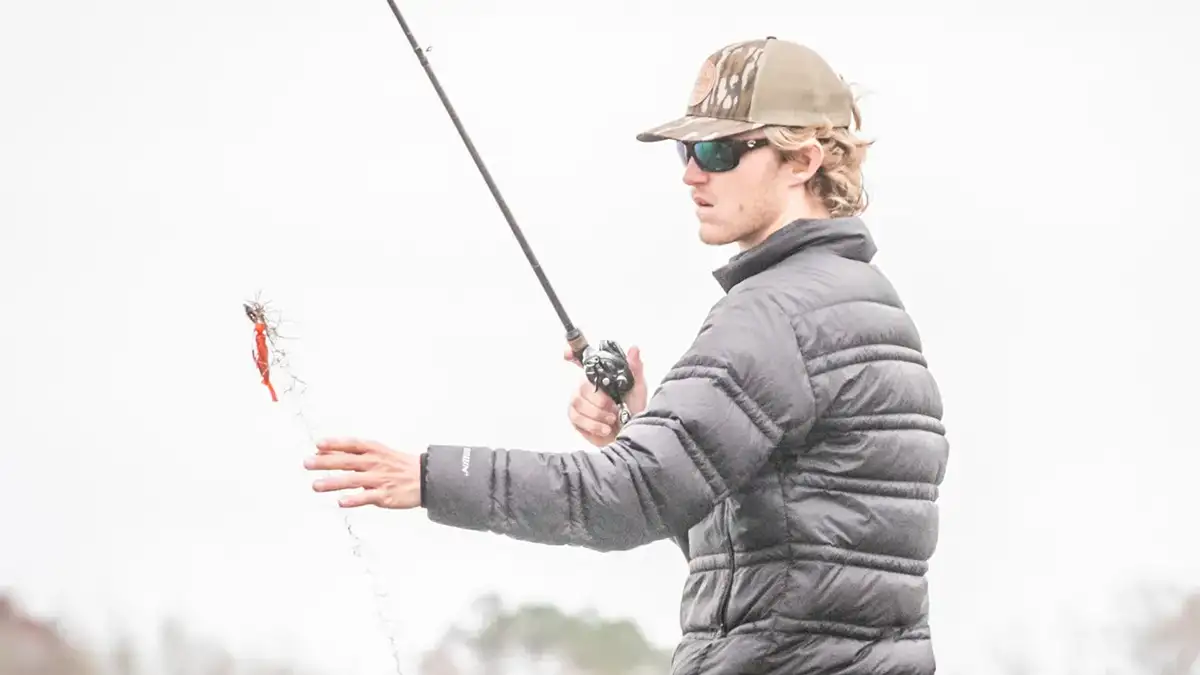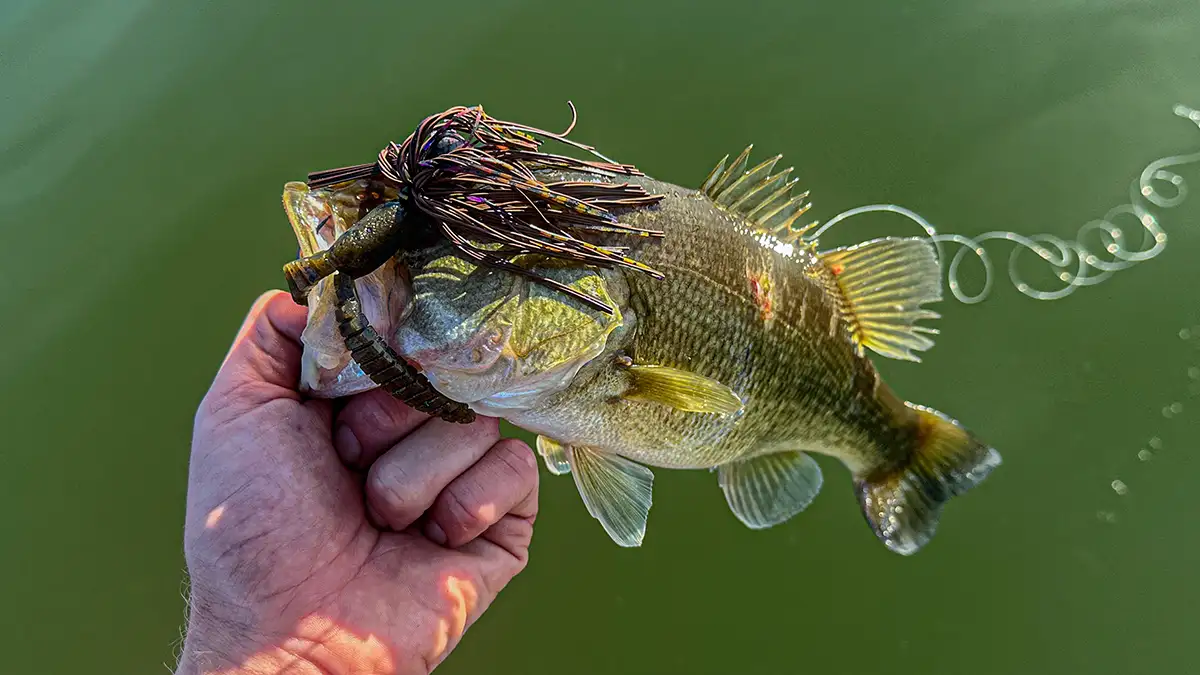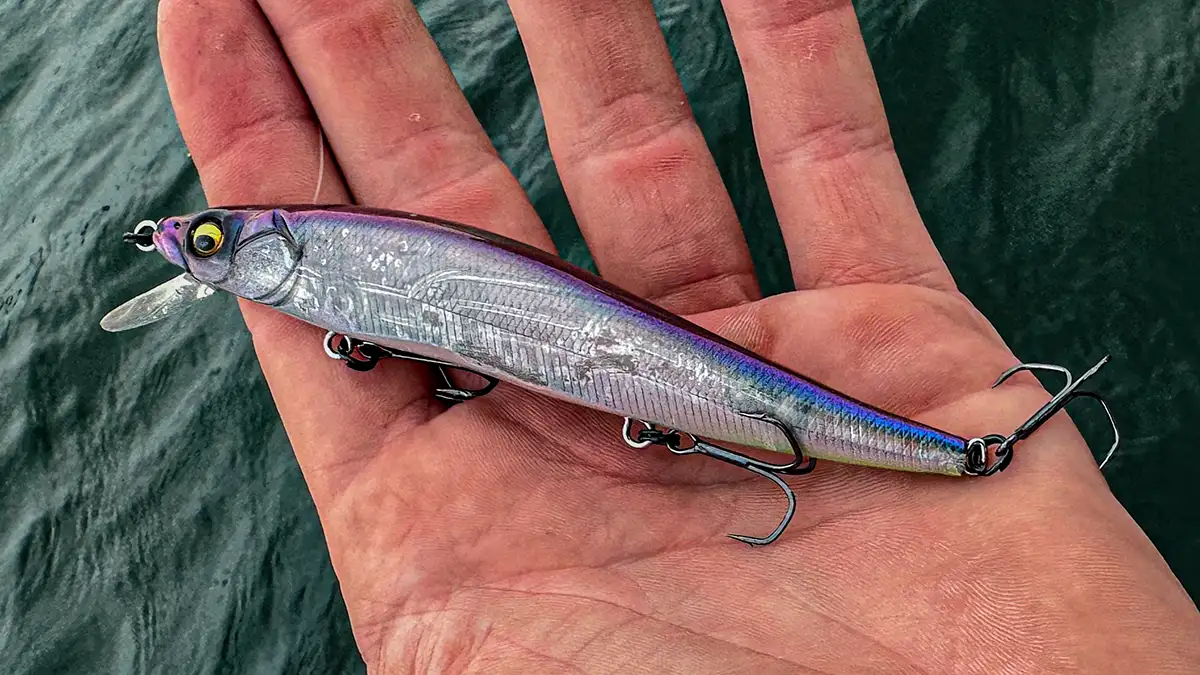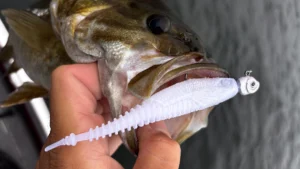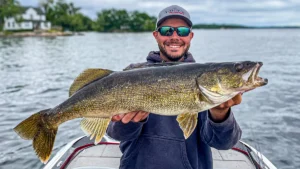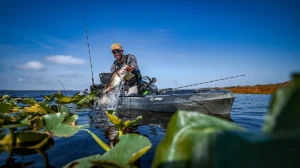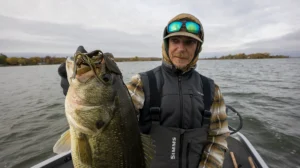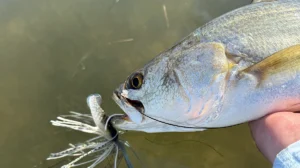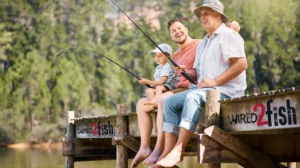No matter how much fishing experience you have, bait selection is always an ongoing battle. With new baits hitting the market each year it’s important to stay on top of what the fish want. One common dilemma we face as anglers is choosing between moving baits and bottom baits. While both presentations are extremely effective, choosing the right lure for the right scenario is often challenging. This feature highlights how we chose between moving and bottom baits based on fish behavior and the current conditions.
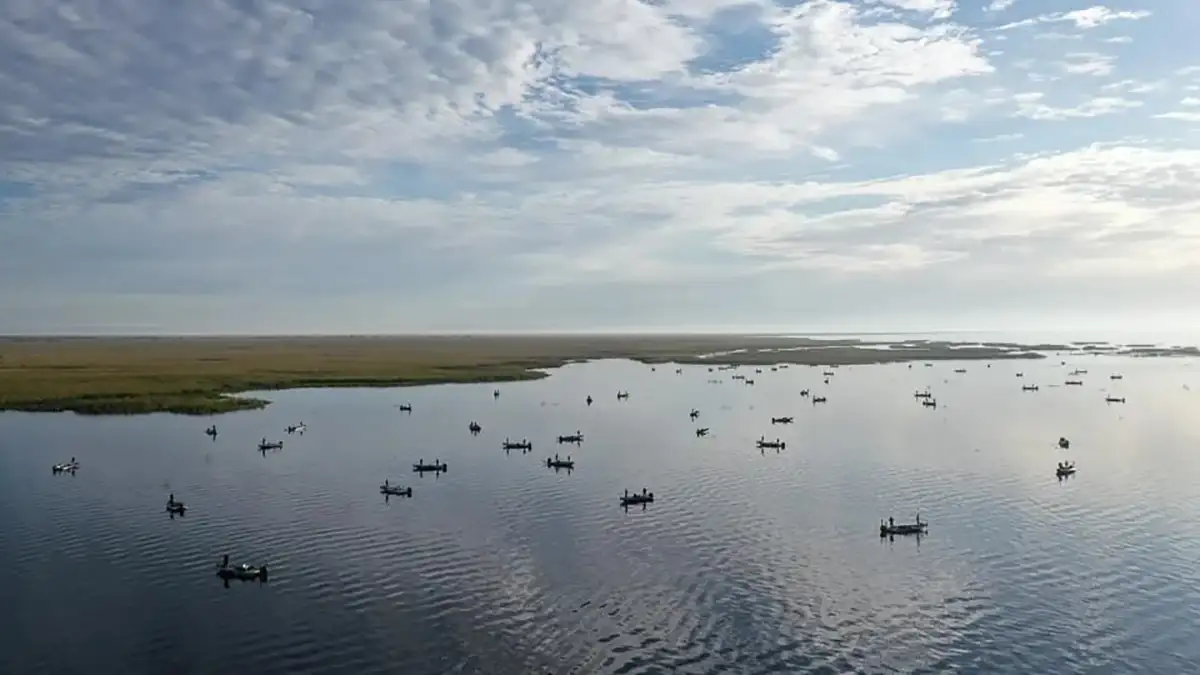
FISHING PRESSURE
I’ve always used fishing pressure as one of my biggest factors in determining bait selection. I fish multi day tournaments all over the country, and I’ve seen first hand the effect fishing pressure can have on a fishery. The more pressure a lake gets the less willing fish are to commit to a bait. While people still catch them on moving baits, it can often make this bite far more difficult. This is where paying attention to the fishes mood becomes very important.
One perfect example of this is a College Bassmaster tournament I fished on the James River. We only got one day of practice for this event, however we quickly found an area that was loaded with fish. We got a few good bites on a Megabass Magdraft and quickly left the area as we didn’t want to educate them before the tournament. We came back on day one and ended up weighing 22 pounds which had us in second place. We caught upwards of 20 fish that day all on moving baits. We threw a Megabass Magdraft and Rapala DT-6 all day long and every fish had it in their throat.
While we had a great day one, there were other anglers fishing the same area as us so it was evident the fish were getting pressured. On day two we showed back up to the same location and caught two big ones quick on a swimbait. However, after this the bite slowed and we didn’t catch another until later in the day. We stuck with the swimbait bite for as long as we could, however it was evident we needed to make a change. We then switched to a jig and light Texas rig with a little under 2 hours left in the day. We fished the same locations and started getting tons of bites. We quickly filled out our limit with solid fish and ended the tournament in 3rd place.
This is the perfect example of how fishing pressure effects bass behavior. The first two days of fishing we caught everything that bit on a moving bait. However, after numerous anglers fished this location, the fish quickly steered away from this presentation. The fish were still there, however they were far more willing to eat bottom baits after the increase in pressure. Situations like these are when I really rely on bottom baits top get the job done.
COMPETITION
Fish competition is factor that effects bait selection. When throwing moving baits such as a jerkbait or swimbait, fish are far more willing to bite when there’s other fish keying in on the same bait. This triggers a bass’s predatory instinct to strike. When a fish is solo they much more time to inspect a bait and decide whether or not they want to eat it. When fish are grouped up however, they feel far more encouraged to eat the bait before another bass is able to steal it from them.
While there are always exceptions, I typically go for a moving bait whenever I’m fishing around a school of bass. Altering the size and presentation of your lure is a great way to trick some of the bigger fish in the group. I typically start off with a moving bait in these scenarios, however I’ll often downsize or switch to a bottom bait once they stop biting. Altering your bait selection is a great way to generate a few extra bites once the fishing slows. I’ll often throw baits such as jigs, Texas rigs and Carolina rigs once a group of fish stop biting.
COVER
Cover also plays a role in determining bait selection. While there are undoubtably moving baits designed for heavy cover scenarios, the majority have exposed hooks. Because of this I often opt for a bottom bait in these scenarios. One of the biggest reasons I prefer baits such as a jig around heavy cover is because it allows me to fish the entire target. I’ll often make numerous casts at heavy cover such as a letdown or brush pile. Baits such as a jig or Texas rig allow you to cover every square inch of your target. This is a great way to ensure your maximizing every piece of cover you come in contact with.
Moving baits on the other hand rely on calling fish out of cover to get them to react. Fish positioning is an easy way to determine when to throw a moving bait in these scenarios. Forward facing sonar shows you exactly how fish position in offshore cover. One dead giveaway that a bass is willing to chase your bait is when it’s positioned above the brush. Fish sitting in this position are looking for shad and other types of forage swimming around the brush. Throwing a jerkbait, spinnerbait or other types of fast moving reaction baits are a great way to get these fish to strike.
WATER CLARITY
Water clarity is another great way to determine whether you should throw a bottom bait or moving bait. While you can throw both in any water clarity, this is just a general rule of thumb I tend to follow. Whenever the water is dirty I tend to throw bottom baits, however when it’s clear I like to throw moving baits. My main reason behind this theory is drawing power. One of the biggest reasons a moving bait is so effective is its drawing power. This is the baits ability to call fish in from a distance and get them to strike. Water color directly correlates to a baits drawing power as it effects how far away fish are able to see your bait. Once water clarity is less than around 6 inches I really rely on bottom baits to get the job done.
I really like a bottom bait for these scenarios as it allows me to throw the bait on the fishes nose. Making precise casts in muddy water scenarios is key to getting bit, and there’s no better bait to throw than a slow moving bottom bait. Flipping or casting this style of lure around heavy cover is a great way to get bit in these scenarios. If you do want to throw a moving bait in these conditions, be sure to choose one that moves a lot of water. Baits such as a vibrating jig and a spinnerbait are both great options when the water is dirty.
While there’s no correct answer to when you should throw a moving bait vs. a bottom bait, this is a great rule of thumb whenever you’re not sure. While conditions play a big roll in bait selection, it’s important to pay close attention to fish behavior. Making adjustments based on how fish react to your lure is the best way to stay on top of what the fish want. Whether you’re an experienced angler or just a casual fisherman, these tips will help you have better bait selection next time you hit the water.
